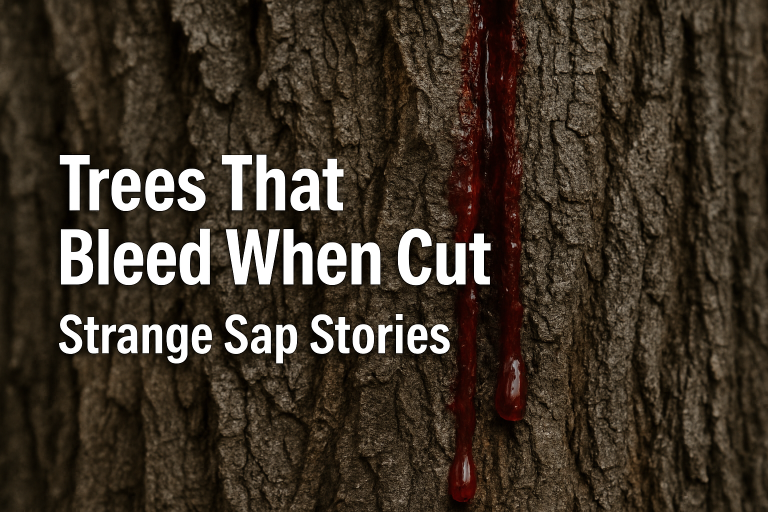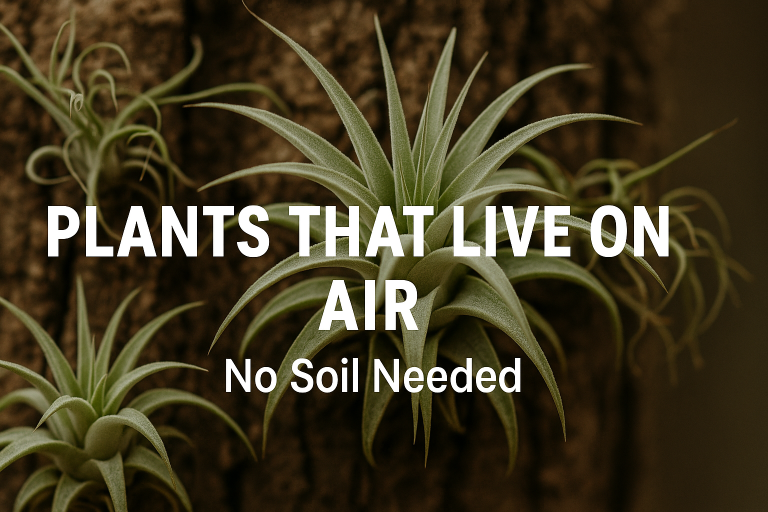Few plants capture the imagination like bamboo—the world’s fastest-growing woody plant, capable of shooting up 3 feet (1 meter) in just 24 hours. Some species grow so rapidly you can literally watch them stretch toward the sky. But which bamboos hold the speed records, and what biological tricks let them outpace all other land plants?
This article reveals the top 5 fastest-growing bamboo species, the science behind their explosive growth, and how humans are harnessing their power for sustainable construction, carbon capture, and even biofuel.
What Makes Bamboo Grow So Fast?
Bamboo’s record-breaking growth comes from three unique adaptations:
1. Rhizome-Dependent Growth
-
Unlike trees that grow from apical meristems (tips), bamboo has pre-formed cells in underground rhizomes.
-
When conditions are right, these cells expand rapidly like compressed springs.
2. Hollow Stem Structure
-
Hollow internodes require less energy to grow than solid wood.
-
Silica fibers provide strength without slowing expansion.
3. C4 Photosynthesis
-
More efficient than the C3 pathway used by most plants.
-
Converts sunlight into growth 30% faster in warm climates.
The 5 Fastest-Growing Bamboo Species on Earth
| Species | Max Growth Rate | Native Region | Key Trait |
|---|---|---|---|
| Moso Bamboo (Phyllostachys edulis) | **35 in/day (90 cm/day)* | China | World’s fastest woody plant |
| Madake (Phyllostachys bambusoides) | 24 in/day (60 cm/day) | Japan | Used for high-quality timber |
| Guadua Bamboo (Guadua angustifolia) | 20 in/day (50 cm/day) | South America | Strongest natural building material |
| Dragon Bamboo (Dendrocalamus giganteus) | 18 in/day (45 cm/day) | Southeast Asia | Tallest bamboo species (100+ ft) |
| Hedge Bamboo (Bambusa multiplex) | 12 in/day (30 cm/day) | Global | Cold-hardy runner |
*Verified by Guinness World Records
Moso Bamboo: The Undisputed Speed King
Why It Grows So Fast
-
Pre-formed internodes in rhizomes allow explosive vertical growth.
-
Simultaneous growth – All shoots emerge within weeks in spring.
-
Lightweight design – Hollow stems grow taller without structural stress.
Human Uses
-
Construction (flooring, scaffolding)
-
Textiles (bamboo fabric)
-
Carbon sequestration (absorbs 5x more CO₂ than oak)
Guadua Bamboo: The Super-Strength Speedster
While slightly slower than Moso, Guadua is the strongest bamboo on Earth:
-
Higher silica content than steel by weight.
-
Used for earthquake-resistant buildings in Colombia.
-
Grows to full height (60 ft) in just 6 months.
The Science Behind the Speed
1. The “Growth Spurt” Hormone
-
Bamboo contains unique gibberellins (GA20) that trigger rapid cell elongation.
-
One shoot can have 200+ growing nodes simultaneously.
2. 24-Hour Growth Cycle
-
Most growth occurs at night when humidity is highest.
-
Stems can expand 1mm every 90 seconds during peak growth.
3. Energy Efficiency
-
Requires 30% less water than fast-growing trees like eucalyptus.
-
Dead sheaths fall off to avoid energy waste on non-photosynthetic tissue.
Bamboo vs. Other Fast Growers
| Plant | Growth Rate | Bamboo Advantage |
|---|---|---|
| Kudzu Vine | 1 ft/day | Bamboo is woody & stronger |
| Giant Kelp | 2 ft/day | Bamboo doesn’t need water support |
| Hybrid Poplar | 10 ft/year | Bamboo grows 3x faster |
Human Innovations Using Fast-Growing Bamboo
1. Sustainable Construction
-
Bamboo skyscrapers in Bali (18 stories tall).
-
Disaster-relief housing built in days.
2. Carbon Capture
-
Moso bamboo forests sequester 17 tons of CO₂/acre/year—more than tropical rainforests.
3. Biofuel Potential
-
Ethanol from bamboo yields 2x more than corn.
-
Grows on marginal land unsuitable for food crops.
4. Space Farming Experiments
-
NASA studies bamboo for Mars colonization due to rapid O₂ production.
Can You Grow Record-Breaking Bamboo?
Best Species for Home Gardens
✔ Golden Bamboo (Phyllostachys aurea) – Cold-hardy, 12 in/day growth
✔ Blue Bamboo (Himalayacalamus hookerianus) – Non-invasive clumper
Care Tips for Maximum Growth
-
Plant in spring when soil reaches 60°F (15°C).
-
Water deeply 3x/week in first year.
-
Use high-nitrogen fertilizer (bamboo is a heavy feeder).
-
Contain runners with root barriers (or choose clumping varieties).
Threats to Wild Bamboo Forests
1. Overharvesting
-
50% of wild Moso bamboo vanished since 1980.
2. Climate Change
-
Flowering cycles disrupted (some bloom only every 120 years).
3. Invasive Spread
-
Running bamboos take over ecosystems in non-native areas.
How to Support Sustainable Bamboo
-
Buy FSC-certified bamboo products.
-
Choose clumping species for landscaping.
-
Support bamboo reforestation in Asia/Africa.
Conclusion: Nature’s Ultimate Speed Builders
From scaffolding in Hong Kong to experimental Mars habitats, bamboo’s unmatched growth speed makes it a cornerstone of sustainable innovation. As research unlocks more secrets of its rapid biology, this ancient grass may become even more vital in fighting climate change and housing our growing population.
The next time you see bamboo, remember: you’re looking at one of evolution’s greatest productivity hacks.




Leave a Comment